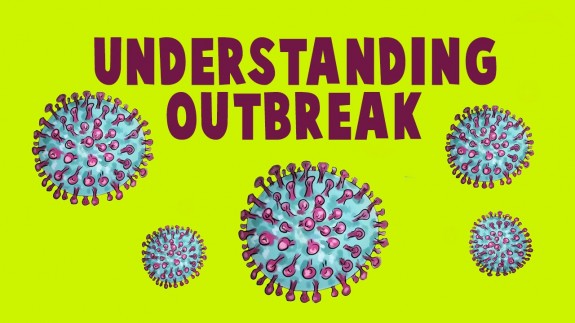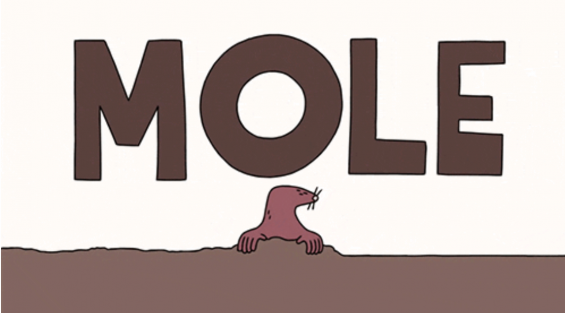
Understanding the outbreak of a virus
We thought it might be helpful to gather some of our resources that offer valuable insights on topics being circulated in the news in relation to the COVID-19 outbreak. For example, what defines a pandemic? How can viruses be transmitted from animals to humans? And exactly what is a virus?
How pandemics spread
Dig into the history of pandemics to learn how viruses and disease spreads and what we can do to stop future outbreaks.
In our increasingly globalized world, a single infected person can board a plane and spread a virus across continents. Mark Honigsbaum describes the history of pandemics and how that knowledge can help halt future outbreaks.
How do viruses jump from animals to humans
Discover the science of how viruses can jump from one species to another and the deadly epidemics that can result from these pathogens.
At a Maryland country fair in 2017, farmers reported feverish hogs with inflamed eyes and running snouts. While farmers worried about the pigs, the department of health was concerned about a group of sick fairgoers. Soon, 40 of these attendees would be diagnosed with swine flu. How can pathogens from one species infect another, and what makes this jump so dangerous? Ben Longdon explains.
How vaccines work
Learn the science behind how vaccines trigger an immune response and teach our bodies to recognize dangerous pathogens.
The first ever vaccine was created when Edward Jenner, an English physician and scientist, successfully injected small amounts of a cowpox virus into a young boy to protect him from the related (and deadly) smallpox virus. But how does this seemingly counterintuitive process work? Kelwalin Dhanasarnsombut details the science behind vaccines.
How does your immune system work?
Explore how your immune system’s vast network of cells, tissues, and organs coordinate your body’s defenses against bacteria, viruses and toxins.
The immune system is a vast network of cells, tissues, and organs that coordinate your body’s defenses against any threats to your health. Without it, you’d be exposed to billions of bacteria, viruses, and toxins that could make something as minor as a paper cut or a seasonal cold fatal. So how does it work? Emma Bryce takes you inside the body to find out.
Cell vs. Virus: A battle for health
How does your body fight a virus? Take a look inside your cells to witness how they produce antibodies and fight to keep you healthy.
All living things are made of cells. In the human body, these highly efficient units are protected by layer upon layer of defense against icky invaders like the cold virus. Shannon Stiles takes a journey into the cell, introducing the microscopic arsenal of weapons and warriors that play a role in the battle for your health.
Learning from smallpox: How to eradicate a disease
Find out how smallpox became the first (and only) disease to be permanently eradicated through the use of vaccination and isolation to prevent transmission.
For most of human history, we have sought to treat and cure diseases. But only in recent decades did it become possible to ensure that a particular disease never threatens humanity again. Julie Garon and Walter A. Orenstein detail how the story of smallpox – the first and only disease to be permanently eliminated – shows how disease eradication can happen, and why it is so difficult to achieve.
The surprising reason you feel awful when you’re sick
What actually makes you feel sick? Discover how your immune system and proteins called cytokines respond to infections.
It starts with a tickle in your throat that becomes a cough. Your muscles begin to ache, you grow irritable, and you lose your appetite. It’s official: you’ve got the flu. It’s logical to assume that this miserable medley of symptoms is the result of the infection coursing through your body — but is that really the case? Marco A. Sotomayor explains what’s actually making you feel sick.



